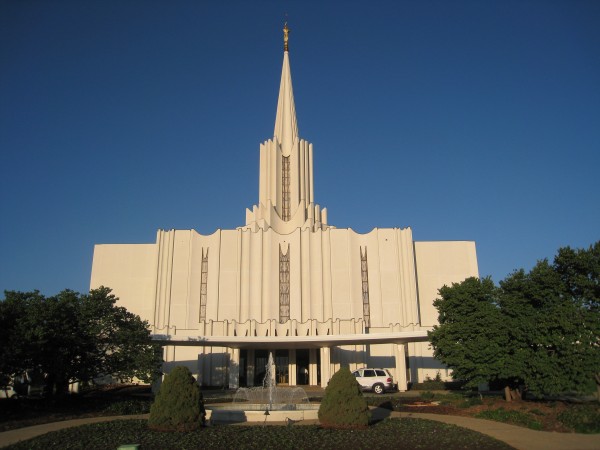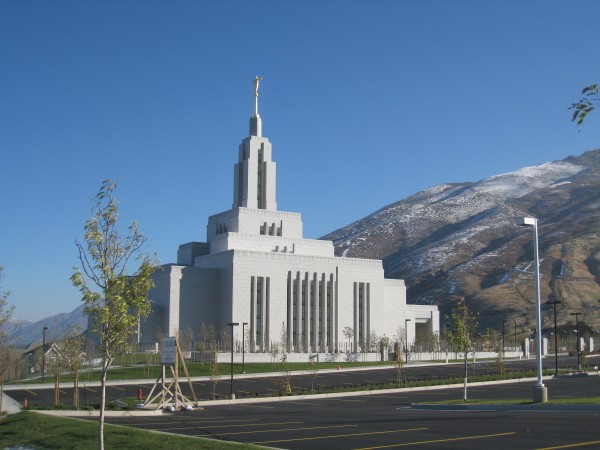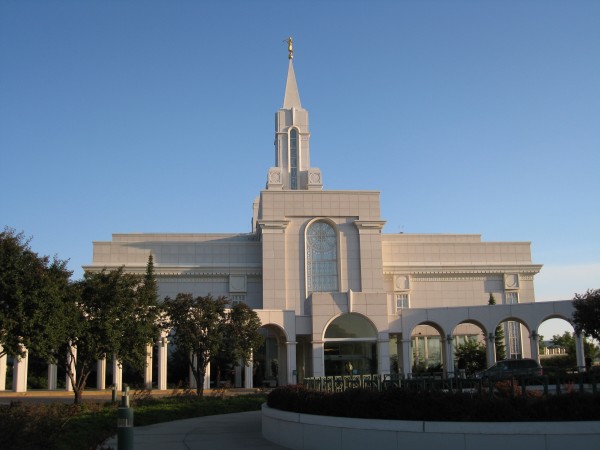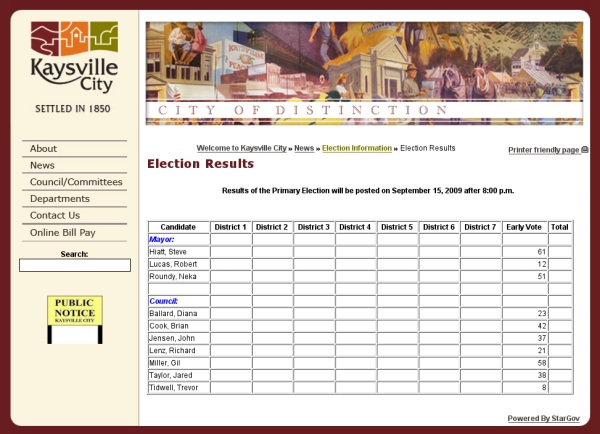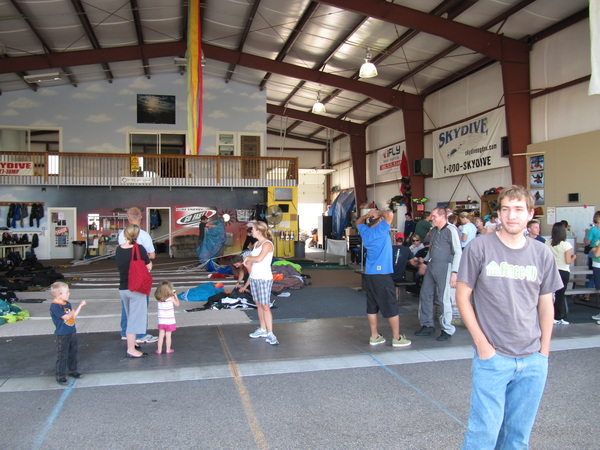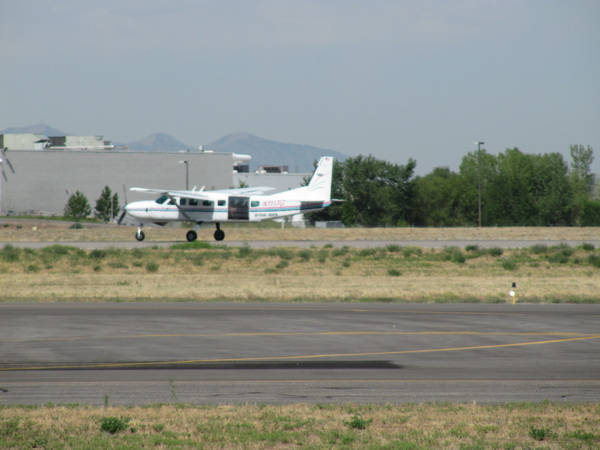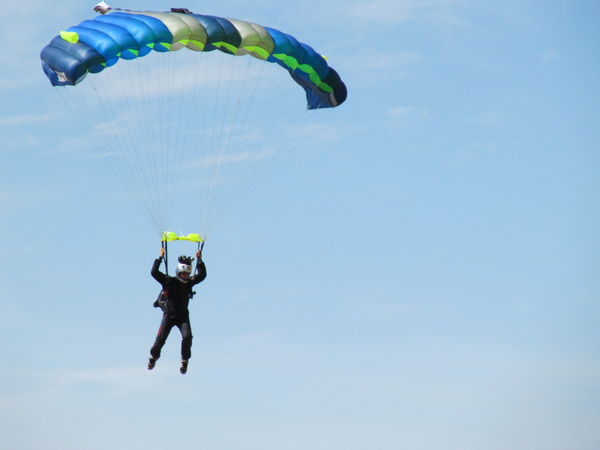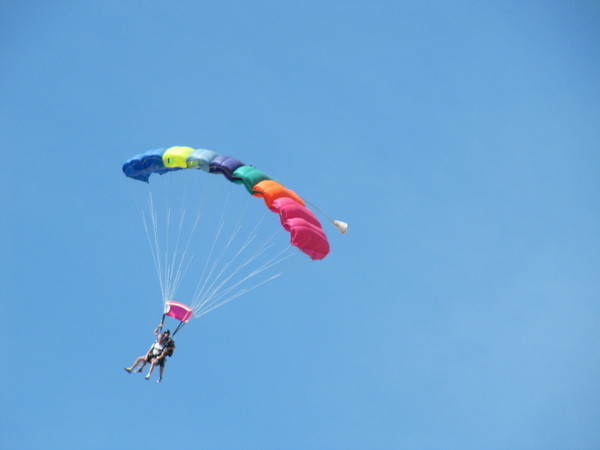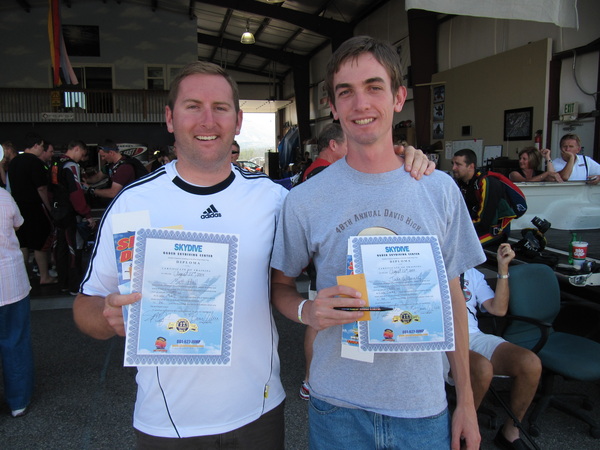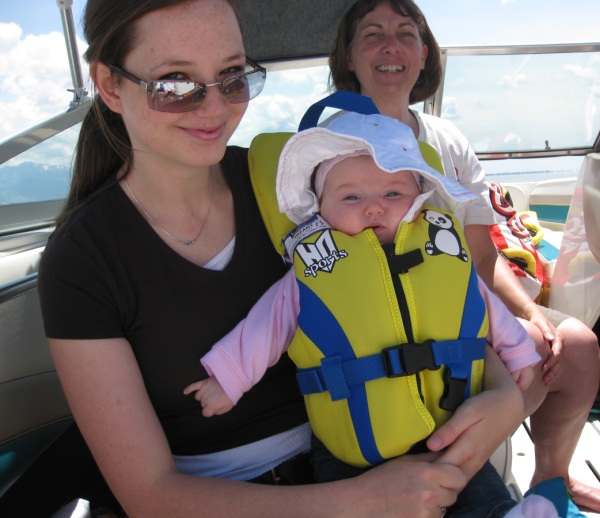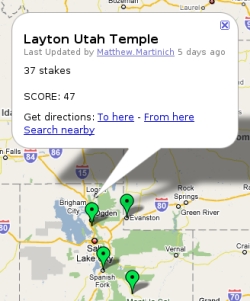In October 2008 I visited all thirteen Utah temples. It was then that almost all of the photographs were taken that appear in this series of posts. To download a photograph click on the image to obtain the full resolution of 3264 x 2448 pixels with a file size of 3 to 4Mb.
Draper Utah Temple
In October 2008 I visited all thirteen Utah temples. It was then that almost all of the photographs were taken that appear in this series of posts. To download a photograph click on the image to obtain the full resolution of 3264 x 2448 pixels with a file size of 3 to 4Mb.
Bountiful Utah Temple
In October 2008 I visited all thirteen Utah temples. It was then that almost all of the photographs were taken that appear in this series of posts. To download a photograph click on the image to obtain the full resolution of 3264 x 2448 pixels with a file size of 3 to 4Mb.
If Utah Was A Country

If Utah was a country it would have a GDP of $105.7 billion. This would place Utah above Qatar’s GDP of $102.3 billion but below 32 other states and 55 other nations. But what is GDP and how is it measured?
Gross Domestic Product
The gross domestic product (GDP), a basic measure of an economy’s economic performance, is the market value of all final goods and services made within the borders of a nation in a year. The most common approach to measuring GDP is the expenditure method. This method states that GDP is equal to the total expenditures for all final goods and services produced within the country in a stipulated period of time (usually a 365-day year). Goods and services are consumption plus gross investment plus government spending plus exports minus imports.
For a state the counterpart to GDP is Gross State Product (GSP) and is a measurement of the economic output of a state or province. It is the sum of all value added by industries within the state. Bear in mind that flows of goods, services, labor, and capital across state boundaries are not measured very accurately as compared to nations.
Population
If Utah was a country its population of 2,736,424 would rank it above the nation of Jamaica with a population of 2,719,000. Utah ranks 34th among the states in population. If Utah were a country, and no other U.S. states were, it would be positioned 139th in population among all nations.
Fertility
Fertility rate is live births per 1,000 women aged 15-44 years. The TFR (Total Fertility Rate) of a population is the average number of children that would be born to a woman over her lifetime. Bear in mind that the replacement fertility rate is roughly 2.1 births per woman for most industrialized countries.
If Utah was a country its fertility rate of 2.63 would rank above Ecuador’s 2.59 and would be higher than the world average of 2.61. If Utah were a country it would be 91st among the nations for fertility and ahead of all other U.S. states.
Summary
You can probably think of many more comparisons of Utah with other countries. Because the United States is such an economic powerhouse the GDP comparison is the most impressive, especially when comparing a larger state. The GDP of the United States ($14,264,600,000,000) is almost as great as the next four largest economies combined, which are those of Japan ($4,923,761,000,000), China ($4,401,614,000,000), Germany ($3,667,513,000,000), and France ($2,865,737,000,000).
One last item of note. If Utah was a country it would have a balanced budget.
Sources
Wikipedia: List of U.S. states by GDP (nominal). I used the 2008 GSP.
Wikipedia: List of countries by GDP (nominal). I used the 2008 list by the International Monetary Fund.
Wikipedia: List of countries by population.
Wikipedia: List of U.S. states by population.
United States Total Fertility Rate Increases. I used the 2006 rates.
Wikipedia: List of countries and territories by fertility rate. I used the 2008 CIA TFR rankings.

Kaysville City Elections Early Voting Results
Early Voting Early Results
The results of the early voting shows that Steve Hiatt, with 61 votes, has taken an early lead over Mayor Neka Roundy who has garnered 51 votes.
In the City Council race Gil Miller’s 58 votes lead, followed by Brian Cook sporting 42 votes. Jared Taylor (38 votes) and John Jensen (37 votes) are very close behind. Here is a full screenshot of the results.
Early Posting
Who would have thought that early votes could be posted on the city website before the day of the election? Other voters may be swayed by seeing who has an early lead. Maybe that’s why they are called early votes — because you get to see them early.
Updates
15 Sep 2009 — A check at 9:30am this morning (election day) showed that the early voting tallies had been removed.
16 Sep 2009 — Unofficial results: Steve Hiatt (1,570) and Neka F. Roundy (910) move on to the General Election. Gil A. Miller (1,427), Brian D. Cook (1,035), Jared R. Taylor (889), and Richard Lenz (801) also qualified for the General Election.
It is interesting to note that of the six winners, the top five followed the same order as the early voting results. Remarkable.

Jake Skydives in Ogden
My son Jake called us today from the Ogden Skydiving Center. He said come quickly to watch him skydive. We arrived as his plane was taking off. Here is his account.
Invitation To Skydive
Matt Hall invited me earlier this week to go skydiving, it is one of those things I have always wanted to do in my life so I answered “Yes” without hesitation. After thinking I added, “If my grades are good enough to keep my scholarship.” Matt picked me up and we arrived and we signed up with the group. In order to fly I had to sign a liability contract, initialing every paragraph and also writing a statement saying I understood that I might be seriously injured or even die. The instructor gave the first time jumpers a few tips: crouch by the door and don’t hold on to anything; put your head slightly back and let the instructor jump; after leaving the plane make sure you arch by pushing your hips forward and bending your legs back; when landing hold your legs out in front so you can glide to a stop.
Why Am I Doing This?
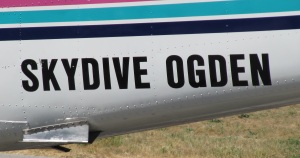
Matt and I got assigned to the last of four plane rides, so I was able to see a few jumps before I went up. My jump buddy suited me up and we were the first into the plane. The plane took off and circled along the mountains climbing to about 11,500 feet. When over the airport once again, they opened the plane and the first few people dived out of the plane. That is probably the only time I thought, “I am crazy, why am I doing this?” But it quickly passed.
The other jumpers jumped rather quickly and without incident. When my time came I did as I was instructed and we did three flips out of the plane and then stabilized. My jump buddy showed my how to steer as we were free falling, and steering around I enjoyed the view and the feeling. It was just about the same as flying in a plane except there is no plane and the ground gets big really fast.
It Was A Blast
The instructor pulled the ripcord and we quickly jerked to a slow fall. After a few seconds he gave me the ropes and showed me how to control the chute. It was a blast going left then right and diving — I could even feel some G’s as I make the chute turn as tight as possible. Once we got closer to the ground the instructor took the ropes and glided us in close. There were already two people on the landing grass, so my instructor yelled, “Look out!” and glided us between the two. We quickly vacated the grass so people behind could land.
Flying around thousands of feet in the air is a blast! I hope to be able to do it again soon.

Willard Bay Wakeboarding
On Friday, my brother Scott took some extended family members boating at Willard Bay. Willard Bay State Park rests atop the Great Salt Lake flood plain in northern Utah. Its 9,900 acres of fresh water provide boating, water-skiing and year-round fishing for crappie, walleye, wiper and catfish. Camping also is popular at the park. An earth filled dike and natural shoreline make up the 20-mile enclosures.
The water was cold but several brave cousins gave wakeboarding a try, including Steven. Aurora had her first boat ride ever and almost fell asleep she was so comfortable in the life vest. She also enjoyed the cotton trees in the breeze that made a giant mobile. We enjoyed premade sandwiches from Costco on a nice man-made beach. Tons of sand was hauled in from Brigham City during a recent renovation. Connor likes to fish and caught a large catfish that he wanted his uncle to cook for him. Anyone care to join in the feast?
Kaysville to Keller
Today Jill, Paul, and myself left Kaysville, Utah at 5:25am for Keller, Texas. We went with a longer route (1,379 miles) that is supposedly faster (19 hours 55 mins). Except for a few miles, the whole route is entirely freeway — that would explain the faster. If you’ve never traveled from Utah to Texas then this post will probably be of no interest to you. However, if you have gone this way before let me know what route you prefer and why. Perhaps I can amend my return plans with your suggestions.
We entertained ourselves (when we weren’t driving) with a cell phone, a Blackberry, two laptops, GPS navigation, two MP3 players, a CD audio book, and several movies. We can’t tell you what the countryside looked like. :) After traveling 950 miles in 13 1/2 hours we stopped over in Salina, Kansas. Time to get out the laptop and blog!
Update
17 Mar 2009 The next day (14th) we left at 6:30am and took 5 1/2 hours to drive the remaining 429 miles to Keller.
21 Mar 2009 We left Keller yesterday morning utilizing an alternative route back to Kaysville suggested by Derek. This time I had my GPS collect data as we drove straight through. At 1,236 miles, this route was 143 miles shorter. Our moving average was 67.8 mph with a moving time of 18.16 hours. This compares with a moving time plus all stoppages (minus overnight stop) of 19 hours for the longer route. If stoppages were added in for the shorter route, the longer route would actually be faster, though not by much.

Layton Utah Temple Likely
According to Matt Martinich, one of the next temples to be announced will probably be built in Layton, Utah.
Matt has developed a quantitative method for identifying cities which are likely to have a new temple announced. His method considers these factors:
- Long distances from an existing temple
- Large number of stakes and districts
- Stakes which have existed before 1981
- Busy Saturday endowment schedule at the closest temple
Each potential temple is given a score called a Temple Likelihood Value (TLV). If the score is greater than 20, a future temple is likely. If the score is over 40, a future temple is almost certain. The Layton temple scores a TLV of 47. The Price Utah Temple is almost tied with a TLV of 46. But both are way behind the first place Kinshasa Democratic Republic of Congo Temple with a TLV of 60.5.
The Layton temple would be approximately six miles away from where I live in Kaysville, thus saving me a whole seven miles off the thirteen mile drive to the Bountiful temple. Now if we could just get a Kaysville Utah Temple…
Update
15 Mar 2009 Matt has updated his Temple Likelihood Value with a fifth element. Out of the 76 temples outside of the United States, only six exist in cities which do not have a mission based in them. The presence of a mission of the Church in a city increases the likelihood of a temple being announced in that city. He has not yet factored this in to his temple scale.

- « Previous Page
- 1
- …
- 8
- 9
- 10
- 11
- 12
- 13
- Next Page »
